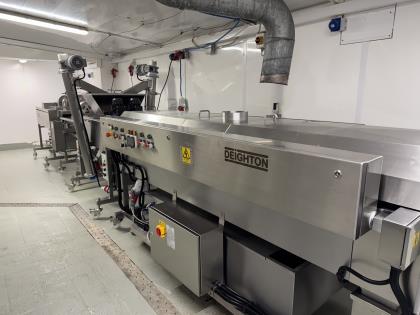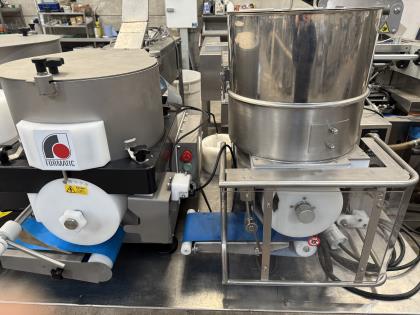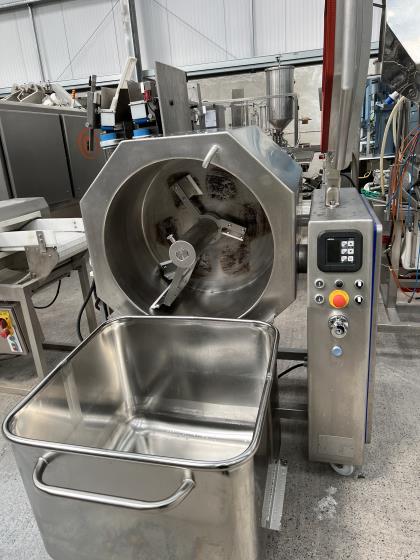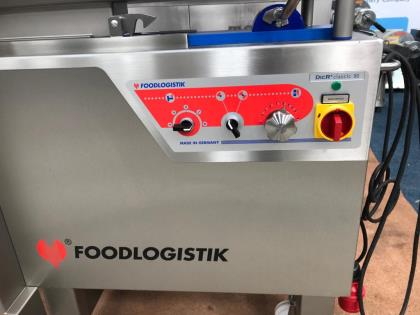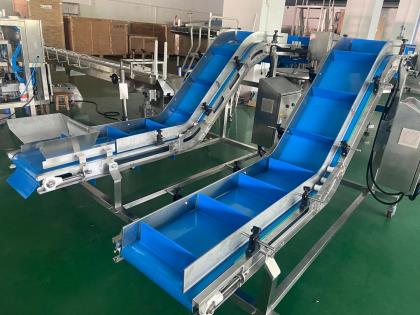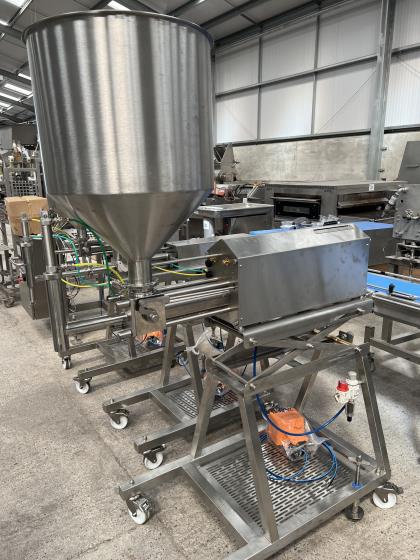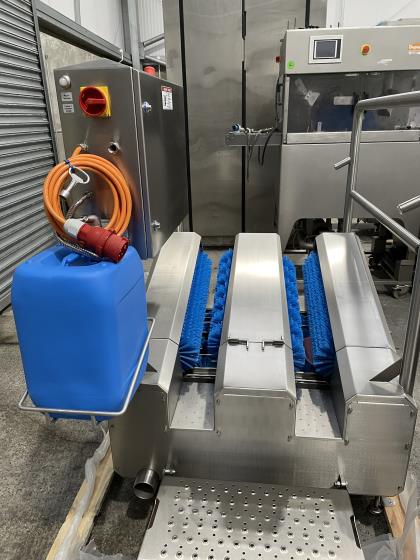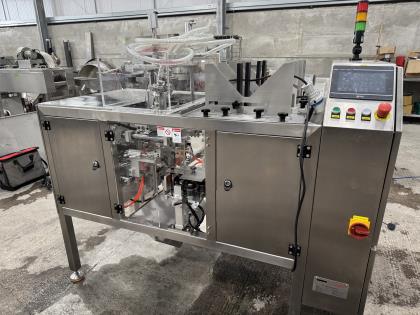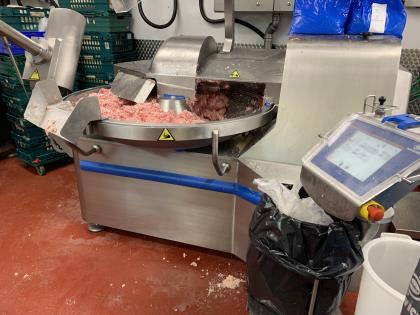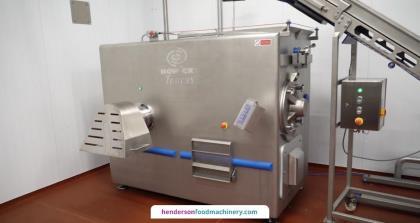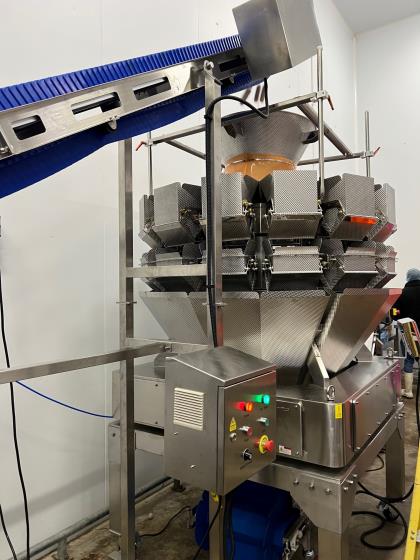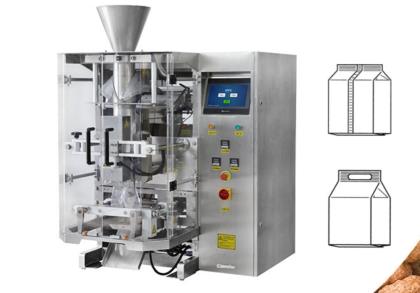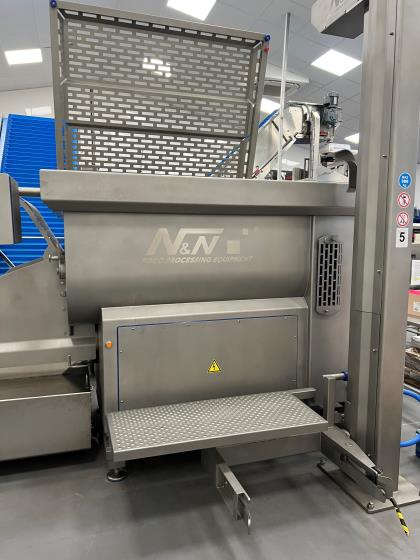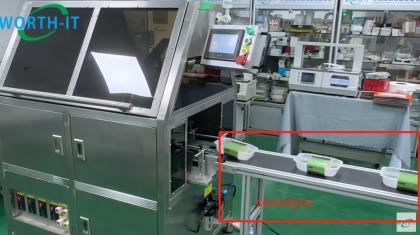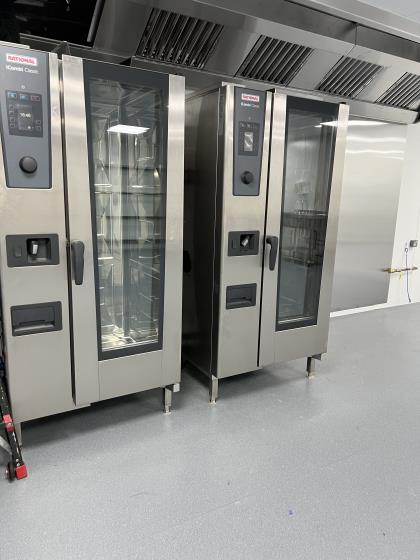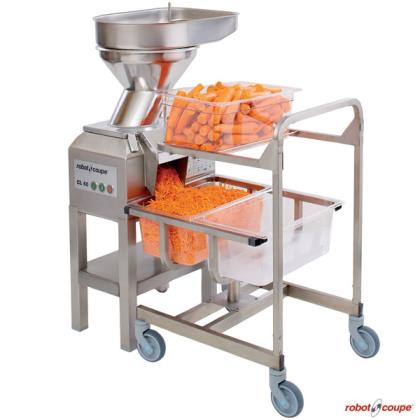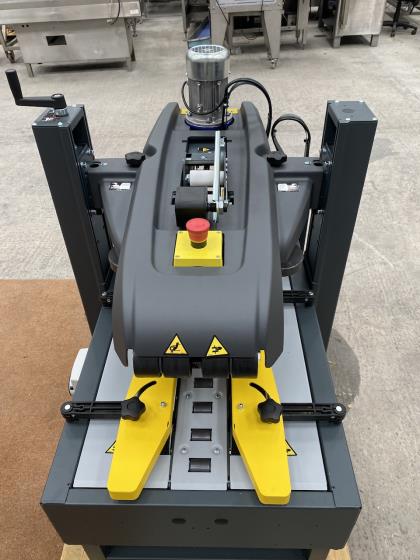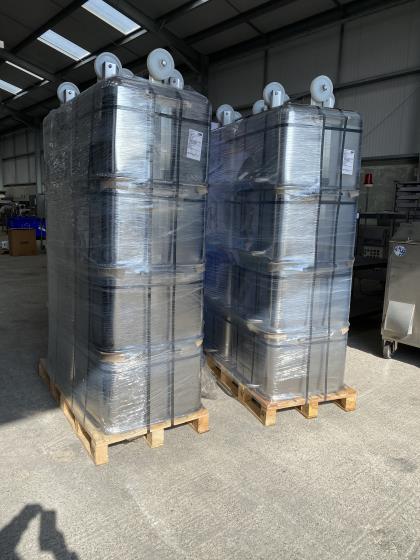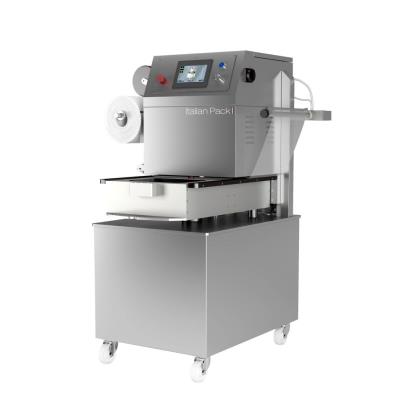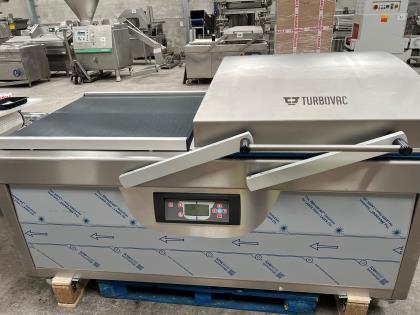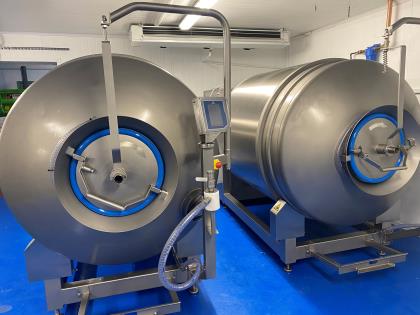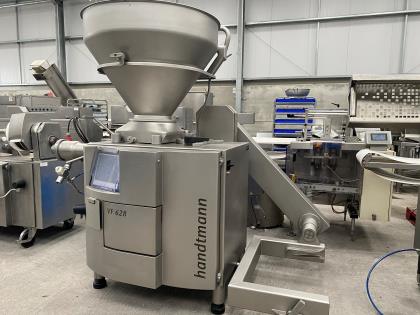32-Head Multihead Weigher with L Dimple Buckets
Product Overview: Our 32-Head Multihead Weigher delivers precise, efficient, and reliable weighing and packaging solutions for various food and non-food products. Designed with advanced technology, this high-performance equipment is perfect for applications in industries like food processing, packaging, and more.
Key Features:
- 32-Head Configuration for accurate weight distribution and faster packaging.
- 316 Stainless Steel Construction ensures durability, hygiene, and ease of maintenance.
- Siemens PLC Integration provides advanced control and reliability.
- Premium Components from industry leaders such as Schneider, Danfoss, and Airtac for enhanced performance.
- Hopper Volumes Available: many options to suit varying product sizes.
- User-Friendly 10-Inch Colour Touch Screen Control Panel for easy operation and setup.
- Quick and Efficient Packing with high-speed performance.
- Cleaning Function allows for quick hopper access to simplify cleaning and maintenance.
Applications: Our Multihead Weigher is ideal for weighing, portioning, and packing fresh and frozen products such as:
- Chicken Nuggets, Burgers, Sausages
- Seafood, Nuts, Chips, and more It’s also suitable for diverse sectors including:
- Salad Leaves, Poultry, Meat, Fish, Vegetables, Sweets, Confectionery, Pet Food, and many others.
How It Works: The Multihead Weigher uses an intelligent system to weigh bulk product into smaller increments. The product enters the weigher via an incline conveyor or bucket elevator and is then distributed into pool hoppers. The precise weight is calculated and released from the appropriate hopper to achieve the target weight. This combination of high-speed operation and accuracy makes it ideal for bagging and portioning.
Advanced Features:
- Mix-Weighing: Our Multihead Weigher can efficiently mix products with up to eight components, such as breakfast cereals containing nuts and dried fruits, while maintaining accuracy and speed.
- Filling Trays & Bags: The versatile design enables the accurate and splash-free distribution of products into both bags and trays, suitable for a wide range of industries.
- Handling of Fragile & Complex Products: With custom-designed distribution systems, the Multihead Weigher handles delicate items like hand-made chocolates, gourmet biscuits, and ready meals containing rice, meat, and vegetables.
Applications Include:
- Sticky Products: Fresh meat, poultry, fish, and cheese can be handled with belts or screw feeders instead of vibration.
- Granules & Powders: Granules like coffee or loose tea can be efficiently weighed, even when fine and loose.
- Fragile Products: Special features like shallow angles and cushioned inserts allow delicate products to be handled carefully and efficiently.
For More Information: For detailed information or to request a quote, contact Total Food Machines today at 02890 994 202 or via email at sales@totalfoodmachines.com.
